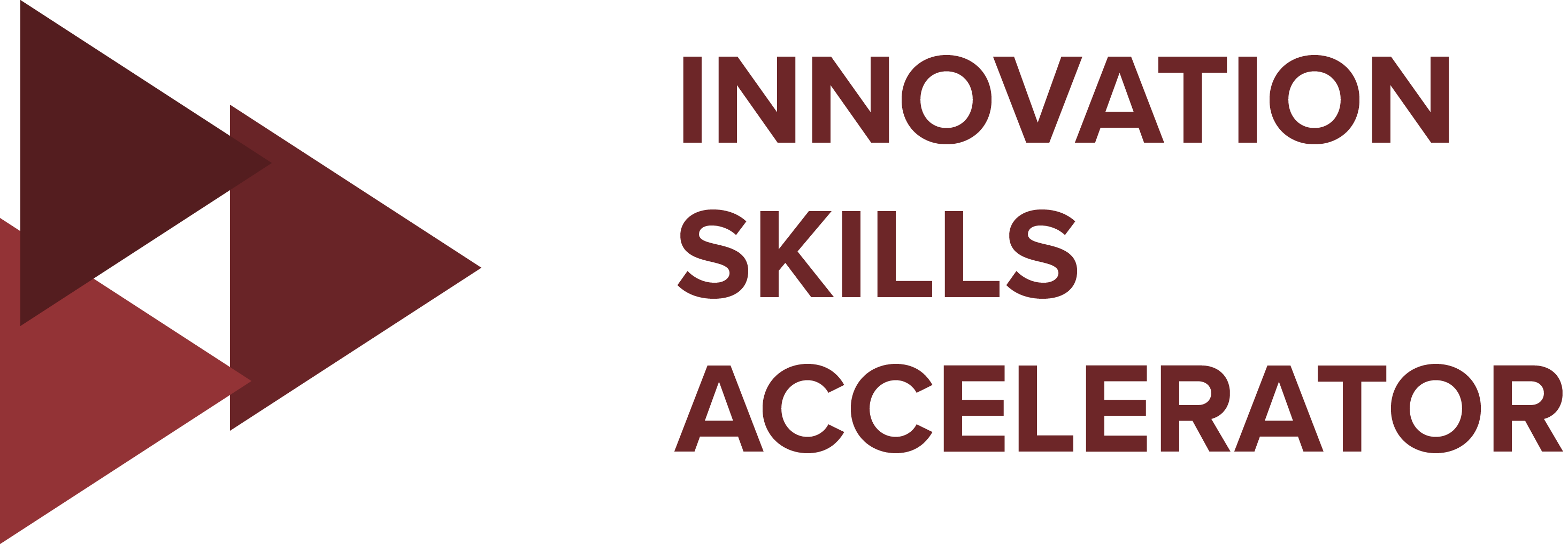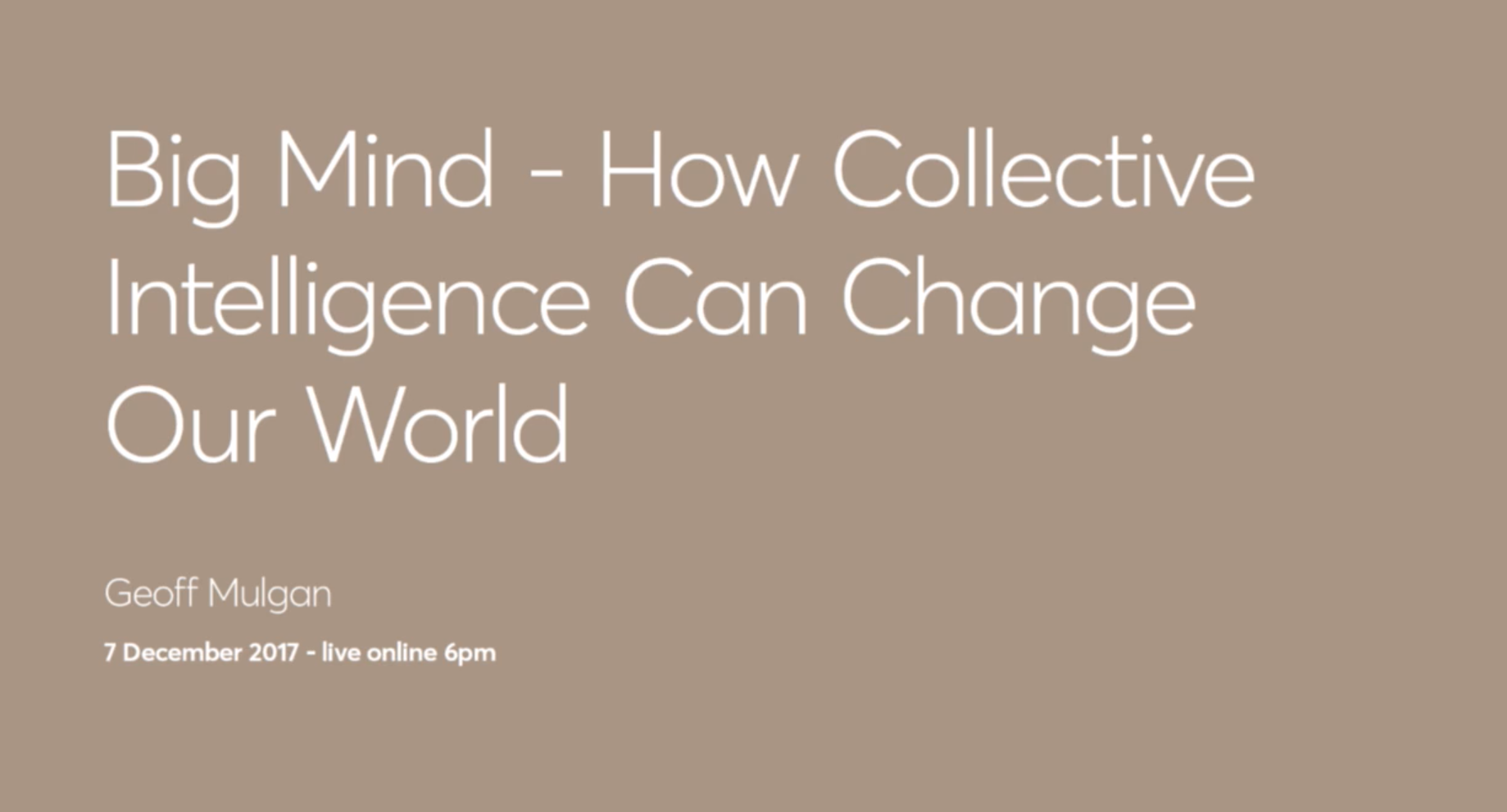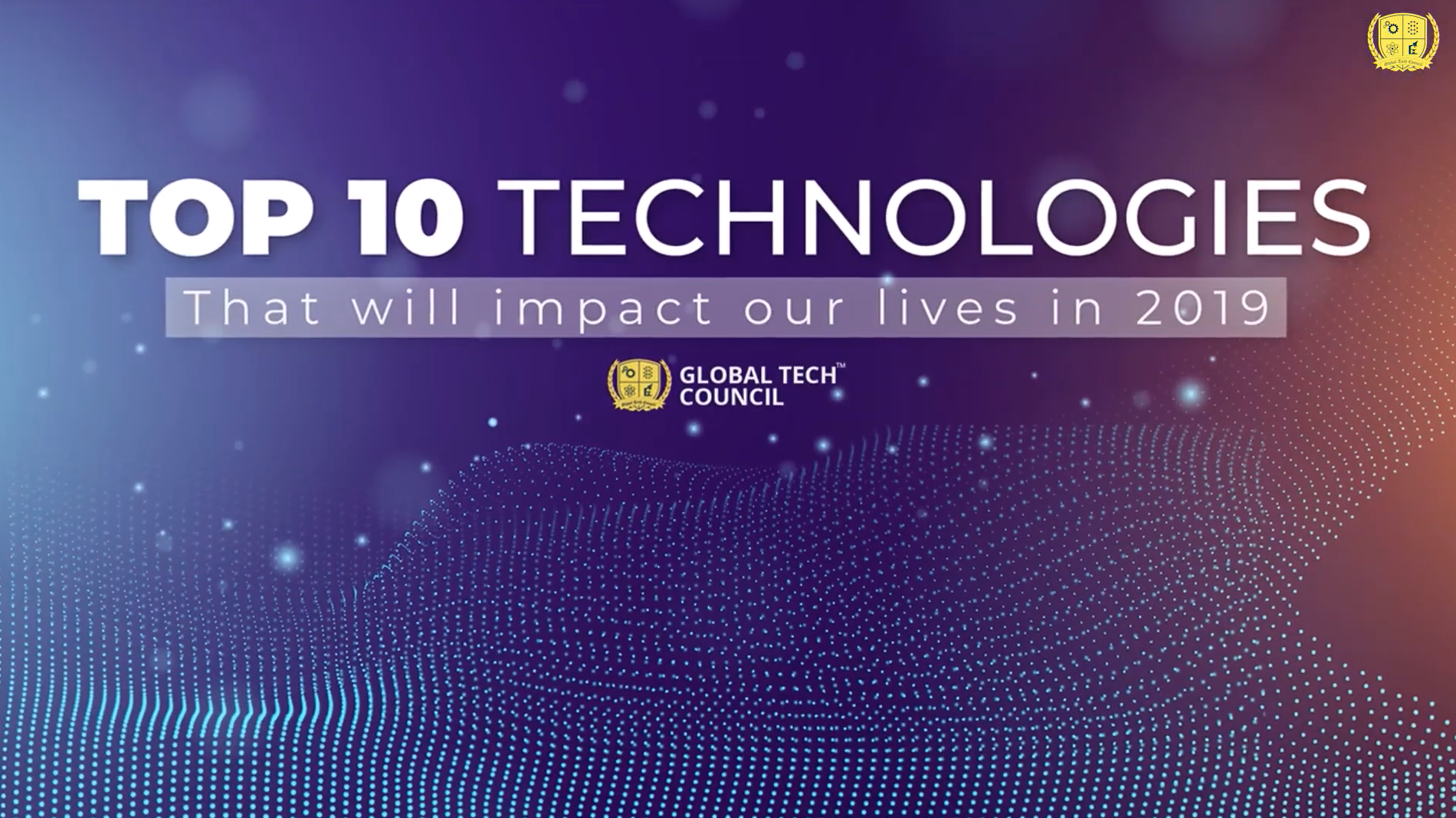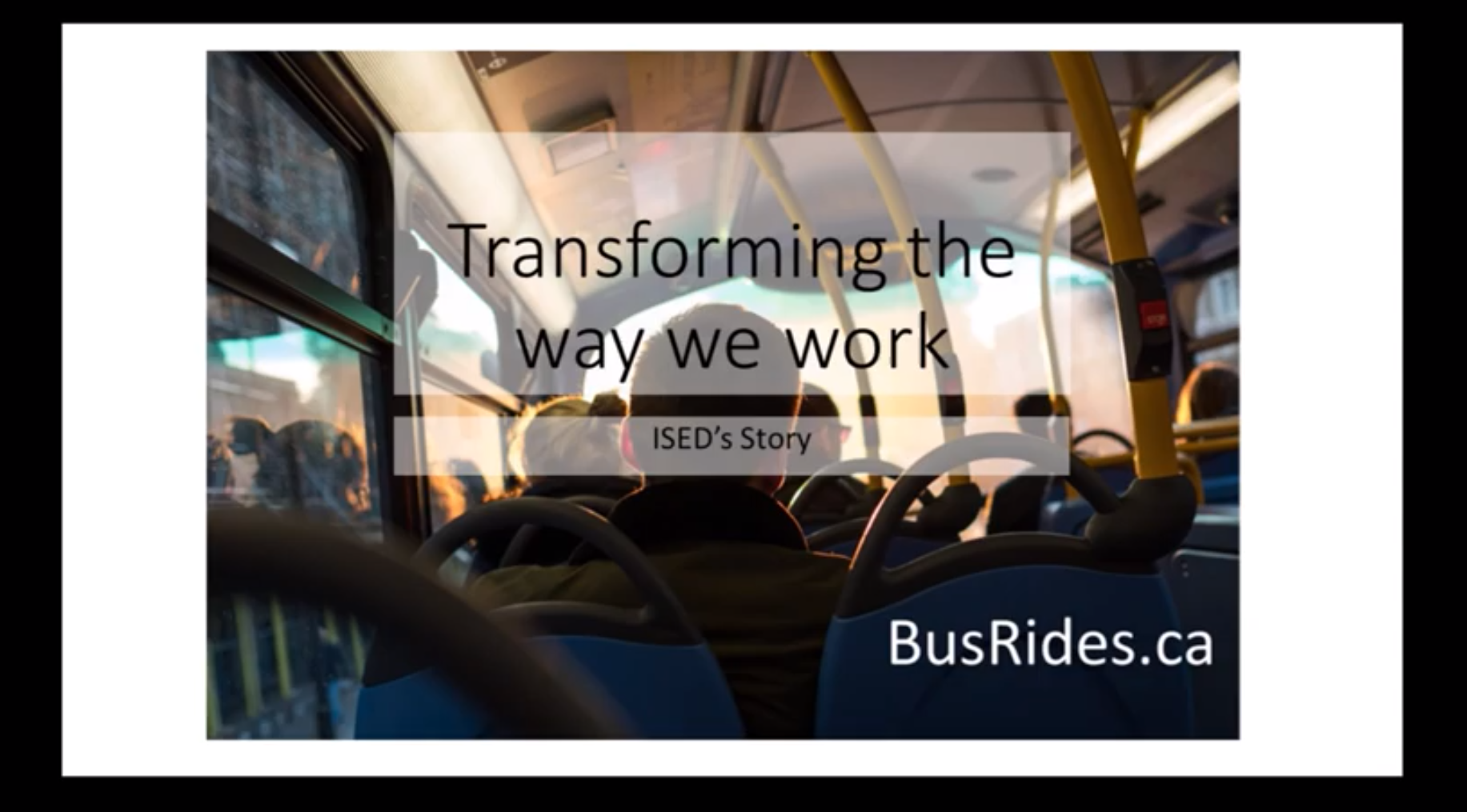Correct! Big data doesn’t focus on identifying individuals but capturing and aggregating information about the characteristics and behaviours of individuals.
Unfortunately, that’s not correct. This is one of the things that contributes to making data “big”.
Correct! Big data helps understand what’s happened, what is happening, and consider what is likely to happen so that we can make adjustments to better help the people we serve.
Unfortunately, that’s not correct. Analyzing big data can help with all these things.
Correct! Natural language processing can recognise, respond to and analyse the everyday language people use to make statements and pose questions.
Try again. Hint: It's about the ability of computers to understand human language.
Correct! Gemma could use AI tools to help her do all these things and enable her to make strong, evidence-based recommendations.
Try again. There’s more to this answer.
Correct! By using “Alex” they reduced the time spent on basic enquiries. Alex now takes around 40% of the organisation’s active customer interactions.
Sorry, that’s not right. Try again.
Correct! Machine learning is about creating systems that learn and don’t require specific programming to perform some tasks.
Try again. Machine learning can be associated with some of these things but there’s one characteristic that sets it apart.
Correct! Machine learning was able to predict with an amazing 91% degree of accuracy.
Sorry, that’s not right. Hint: It’s higher than that.
Correct! Whether it’s the expertise of credentialled experts or the lived experience of people affected by an issue, or a mix of both, collective intelligence brings the right people together to problem solve.
Unfortunately, that’s not right. This is exactly what collective intelligence enables.
Correct! Blockchain technology offers multiple benefits that help verify information and investigate any inconsistencies.
Sorry, that’s not right. Hint: There’s more to the potential benefits of using blockchain technology.
Correct! Smart contracts can help reduce the risk of fraud, lower costs and make various transactions between citizens and governments or business simpler and more efficient. Using images to aid contract understanding is an emerging practice in the legal field but doesn't require the use of blockchain.
Unfortunately, that’s not right. This is one of the key advantages of smart contracts.




